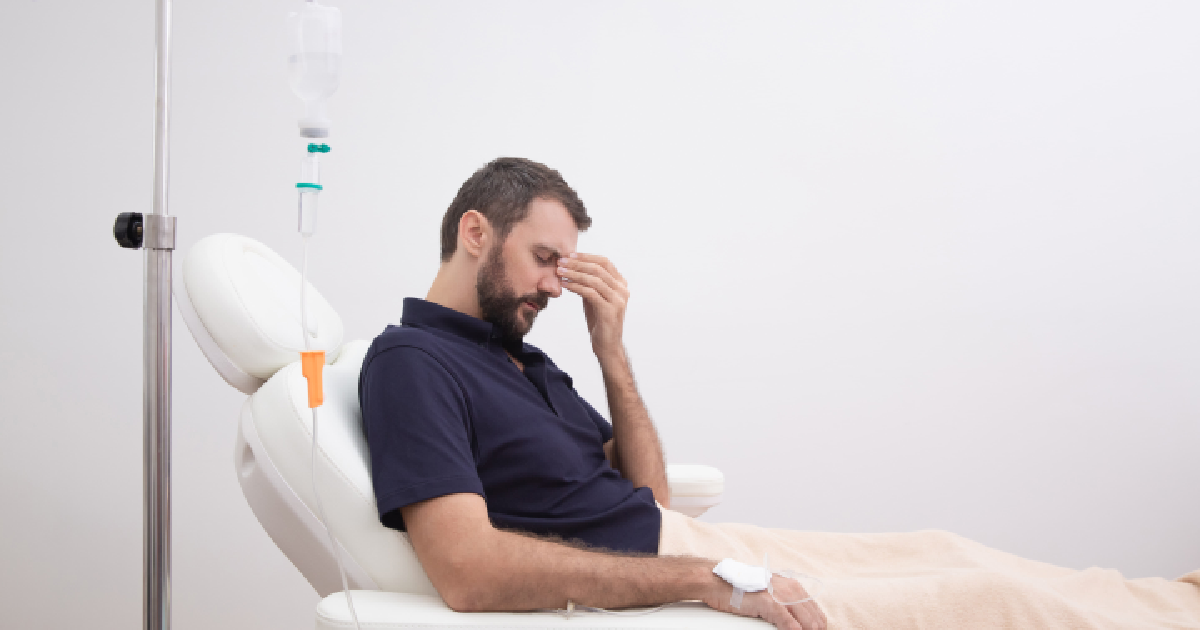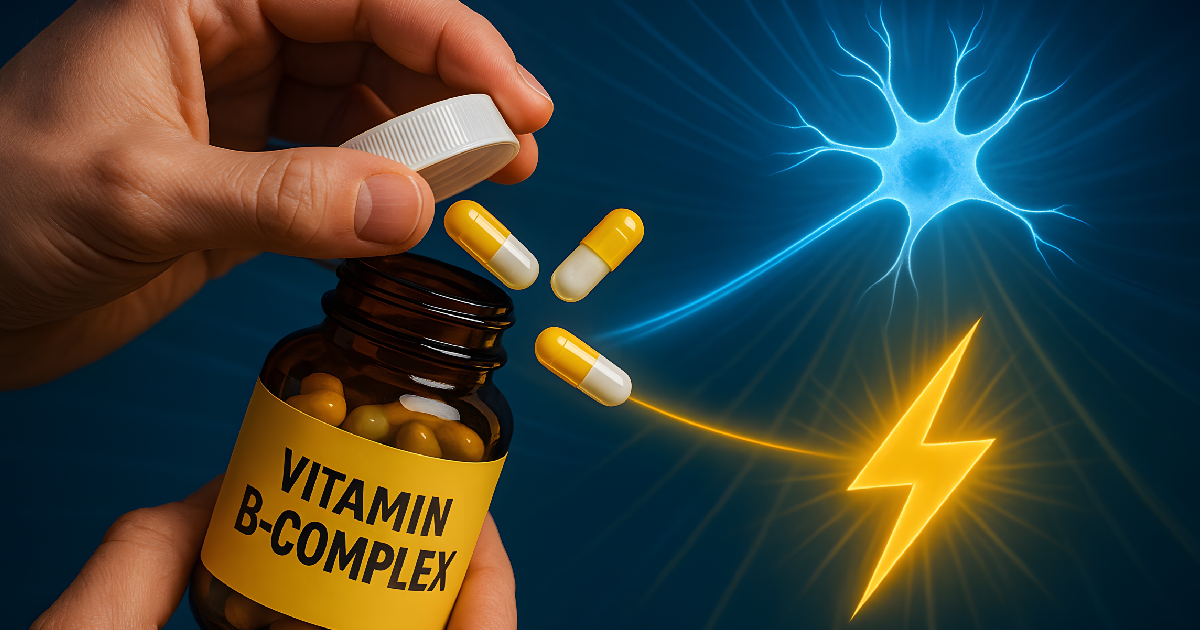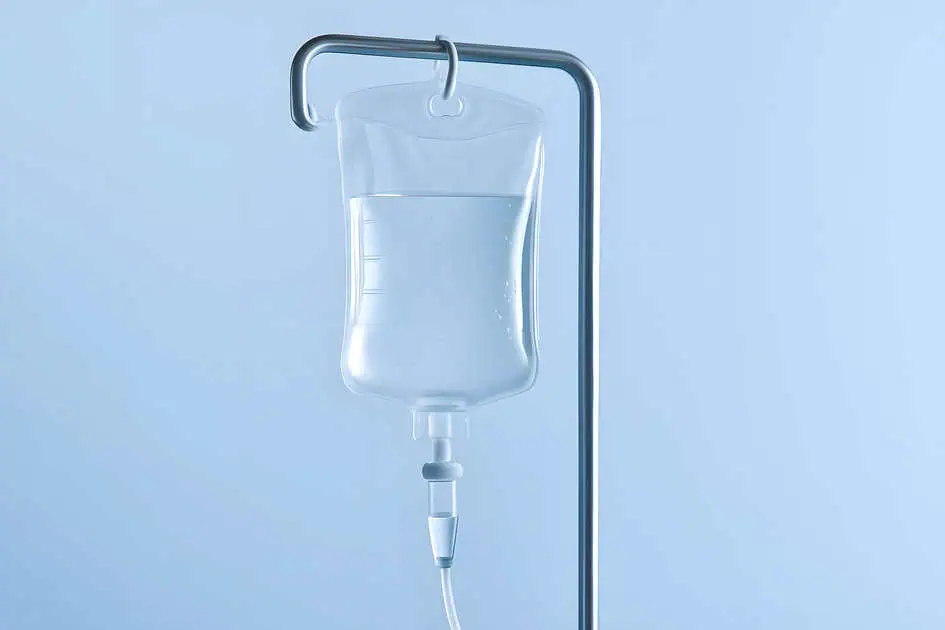What are migraines?
Migraines are a headache disorder characterized by recurrent, intense headaches that often come with other symptoms. These headaches typically cause severe pulsating or throbbing pain on one side of the head, although they can also occur on both sides. Migraines can be extremely debilitating and can last several hours to several days.
Here are some key features of migraines to understand it more:
- Aura (optional): Some people with migraines experience an “aura” before or during the headache. An aura is a set of neurological symptoms, including visual disturbances (such as flashing lights or blind spots), sensory changes, or even difficulty speaking. Not everyone with migraines experiences an aura.
- Throbbing pain: Migraine headaches often have a pulsating or throbbing quality, making them especially painful and disruptive.
- Unilateral pain: While migraines can affect both sides of the head, they typically occur on one side. However, the side effects can vary from one episode to another.
- Sensory sensitivity: People with migraines often become sensitive to light (photophobia), sound (phonophobia), and sometimes smell (osmophobia) during an attack.
- Nausea and vomiting: Many individuals with migraines experience nausea and vomiting during a migraine episode.
- Duration: Migraine attacks can last from a few hours to several days. They can be so severe that they may intervene with daily activities, making working, studying, or engaging in everyday complex routines.
The exact cause of migraines is believed to involve genetic, environmental, and neurological factors. Triggers for migraines can vary widely among individuals, including certain foods, stress, hormonal changes (such as menstruation), lack of sleep, weather changes, and more.
How do migraines affect someone?
Migraines can profoundly impact a person’s life, as they are often debilitating and come with a range of physical and psychological effects. The most prominent and distressing symptom of migraines is the intense, throbbing headache pain. The pain can be so severe that it can cause a person unable to perform everyday activities, including work or school. Migraines often last for hours or even days, leading to significant disruptions in a person’s daily life. People with migraines may need to take time off from work or school and cancel social or recreational plans.
Migraines are often accompanied by other physical symptoms such as nausea, vomiting, and sensitivity to light, sound, and smells. These symptoms can make the migraine experience even more uncomfortable and debilitating. They can also have an emotional toll on individuals. The chronic pain, disability, and unpredictability of migraine attacks can lead to anxiety, depression, and increased stress levels.
Migraine sufferers may also find it challenging to maintain productivity at work or in their personal lives due to the pain and other symptoms, affecting their career, academic performance, and overall quality of life. In some cases, people with migraine problems may withdraw from social activities and gatherings because they fear triggering an attack or feel unable to participate due to the pain and discomfort associated with migraines, leading to isolation and loneliness.
The cost of managing migraines can be significant, including doctor’s visits, medications, and potential lost income due to missed workdays. The financial burden can also add stress to an already challenging condition. Some medicines used to treat migraines may have side effects affecting a person’s daily life. Patients must work closely with their healthcare provider to find the right balance of medication and manage potential side effects. Migraines can also disrupt sleep patterns, leading to further fatigue and worsening symptoms. Lack of restorative sleep can exacerbate the impact of migraines on a person’s overall well-being.
Can migraines be treated?
Yes, migraines can be treated and managed, although there is no one-size-fits-all approach, and treatment strategies may vary from person to person. The goal of migraine treatment is typically to reduce the frequency and severity of migraine attacks, alleviate pain and associated symptoms, and improve a person’s overall quality of life.
Making specific lifestyle changes can help manage migraines. It would help to identify and avoid potential triggers like particular foods, stress, irregular sleep patterns, and dehydration. There can also be acute medications that are taken during a migraine attack to relieve pain and symptoms. Over-the-counter pain relievers like ibuprofen or naproxen can effectively treat mild to moderate migraines. For more severe migraines, prescription medications such as triptans or ergotamines may be prescribed.
These medications are taken regularly, even when a person is not experiencing a migraine, to reduce the frequency and severity of migraine attacks. They are typically recommended for individuals who experience frequent, severe, or long-lasting migraines. Common preventive medications include beta-blockers, antiepileptic drugs, and certain antidepressants. A newer class of medicines known as CGRP (calcitonin gene-related peptide) inhibitors has been developed specifically for migraine prevention. These medications are administered as injections or infusions and can be effective for some individuals.
Cognitive-behavioral therapy (CBT), biofeedback, and relaxation techniques can help individuals with migraines manage stress and pain. These therapies can change thought patterns and behaviors that may contribute to migraines. Some people find relief from migraines through alternative treatments such as acupuncture, chiropractic care, herbal supplements, or dietary modifications.
Maintaining a healthy diet, staying well-hydrated, and avoiding certain trigger foods (like caffeine, alcohol, or foods with additives) can help prevent migraines in some cases, for individuals whose migraines are linked to hormonal changes, such as those related to menstruation, hormonal therapies or contraceptives may be considered.
How does hydration affect migraines?
Hydration can have a significant impact on migraine headaches for some individuals. Dehydration is considered a potential trigger for migraines, and maintaining proper hydration levels is often recommended as part of a comprehensive migraine management plan. Additionally, some migraine medications, such as pain relievers or preventive drugs, may be less effective if dehydrated. Proper hydration ensures that medicines are absorbed and distributed throughout the body as intended.
To minimize the risk of dehydration triggering a migraine or worsening migraine symptoms, consider the following hydration guidelines:
- Drink Adequate Water: The general recommendation for daily water intake varies among individuals but is often around 8-10 cups (64-80 ounces) of water daily for adults. However, individual hydration needs vary based on activity level, climate, and overall health. Pay attention to your body’s signals, such as thirst, to guide fluid intake.
- Monitor Electrolyte Balance: In some cases, especially if you are engaging in vigorous physical activity or experiencing prolonged sweating, it may be necessary to replenish fluids and electrolytes like sodium and potassium. Sports drinks or electrolyte-rich foods can help in these situations.
- Be Mindful of Triggers: If you’ve identified dehydration as a migraine trigger, avoid situations that could lead to dehydration, including drinking water regularly throughout the day, especially during hot weather or exercise.
- Track Your Hydration: Consider keeping a hydration diary to monitor your fluid intake and identify patterns that may contribute to migraine attacks. Recording your daily water consumption can help you stay adequately hydrated.
Aside from these, you can also be hydrated with Migraine Hydration through IV Therapy. Try it now at Hydription and gradually recover from migraines! Contact them directly for more information.







